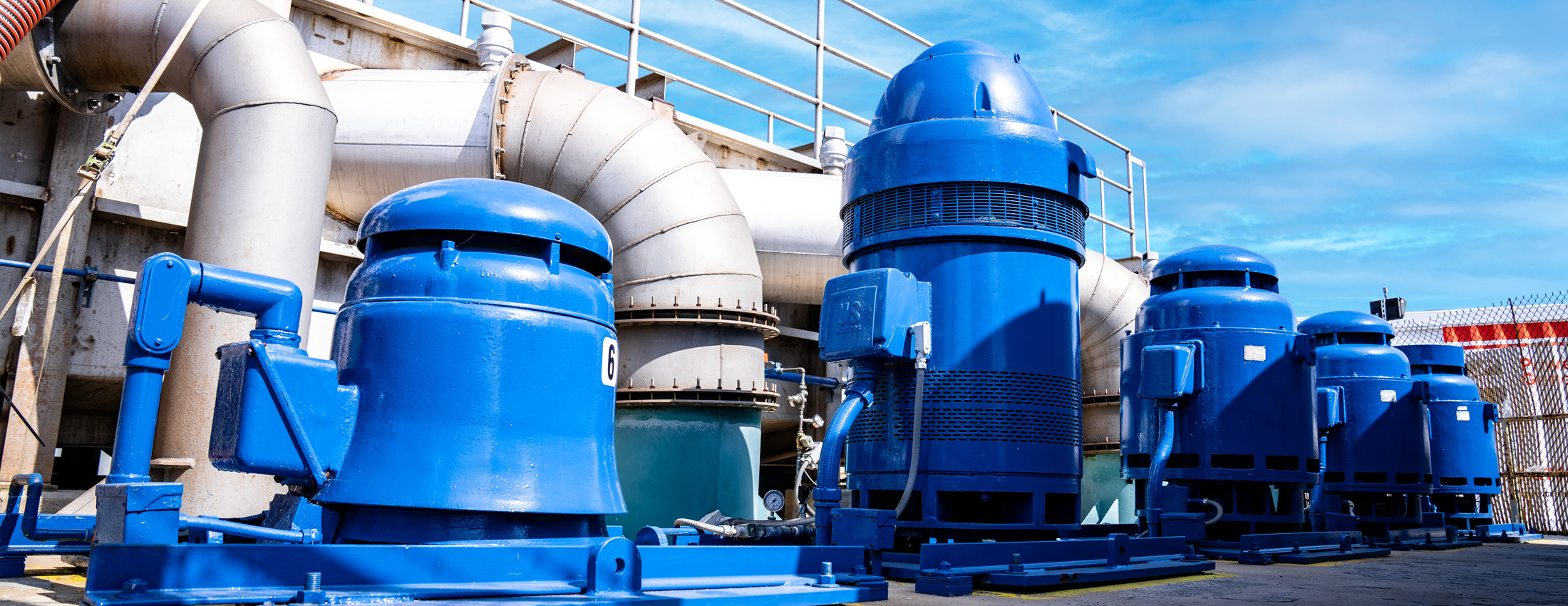
Stormwater Glossary
Best Management Practices (BMPs):
Good housekeeping solutions that include the proper handling, storage, and disposal of toxic materials to prevent stormwater pollution.
Catch basin:
Curbside opening that collects rainwater from streets and serves as an entry point to the storm drain system.
Channel:
A permanent waterway designed to convey stormwater runoff.
Curb/Street:
A stone or concrete edging to a street or path.
Drain Structure:
A system of drains (pipes and subterranean tunnels) intended to collect and draw off groundwater from structures.
First flush:
The first big rain after an extended dry period (usually summer) which flushes out the accumulated pollutants in the storm drain system and carries them straight to the creeks and rivers.
Flood control channel:
The open portion (often concrete-lined) of the storm drain system.
Green Infrastructure:
An approach to water management that protects and restores the natural water cycle.
Gutter:
The edge of a street (below the curb) designed to drain water runoff from streets, driveways, parking lots, etc. into storm drain inlets.
Household hazardous waste:
Common everyday products that people use in and around their homes-including paint, paint thinner, herbicides, and pesticides-that, due to their chemical nature, can be hazardous if not properly disposed.
Illegal discharge:
The release or placement of any material into the County stormwater conveyance system which is not authorized by the County.
Illicit connection:
Any connection to the storm drain system that is not permitted: or any legitimate connection that is used for illegal discharge.
Levee:
A natural or artificial wall that blocks water to prevent flooding.
Non-point source pollution:
Pollution that does not come from a single, identifiable source. Includes materials that wash from roofs, streets, yards, driveways, sidewalks and other land areas – largest contributor of stormwater pollution.
Outfall:
A flow of water from one drainage system into a larger system, or into a body of water like a creek, river or lake.
Pipe:
A tube of metal or plastic used to convey water.
Point source pollution:
Pollution from a single identifiable source such as a factory or a construction-site. Most of this pollution is highly regulated at the state and local levels.
Pump Station:
Machines and associated facilities that transport water from one site to another.
Source control:
Action to prevent pollution where it originates.
Storm drain system:
A network of underground pipes and open channels designed for flood control, which discharges straight to creeks and rivers.
Stormwater:
Rainwater that enters the storm drain system and empties into rivers, lakes and streams.
Stormwater pollution:
Water from rain, irrigation, garden hoses or other activities that picks up pollutants (cigarette butts, trash, automotive fluids, used oil, paint, fertilizers and pesticides, lawn and garden clippings and pet waste) from streets, parking lots, driveways and yards and carries them through the storm drain sys tem and straight to local creeks and rivers.
Street Sweeping:
The use of machines to pick up trash from city streets.
Watershed:
An area or ridge of land that separates water flowing to different rivers or basins.